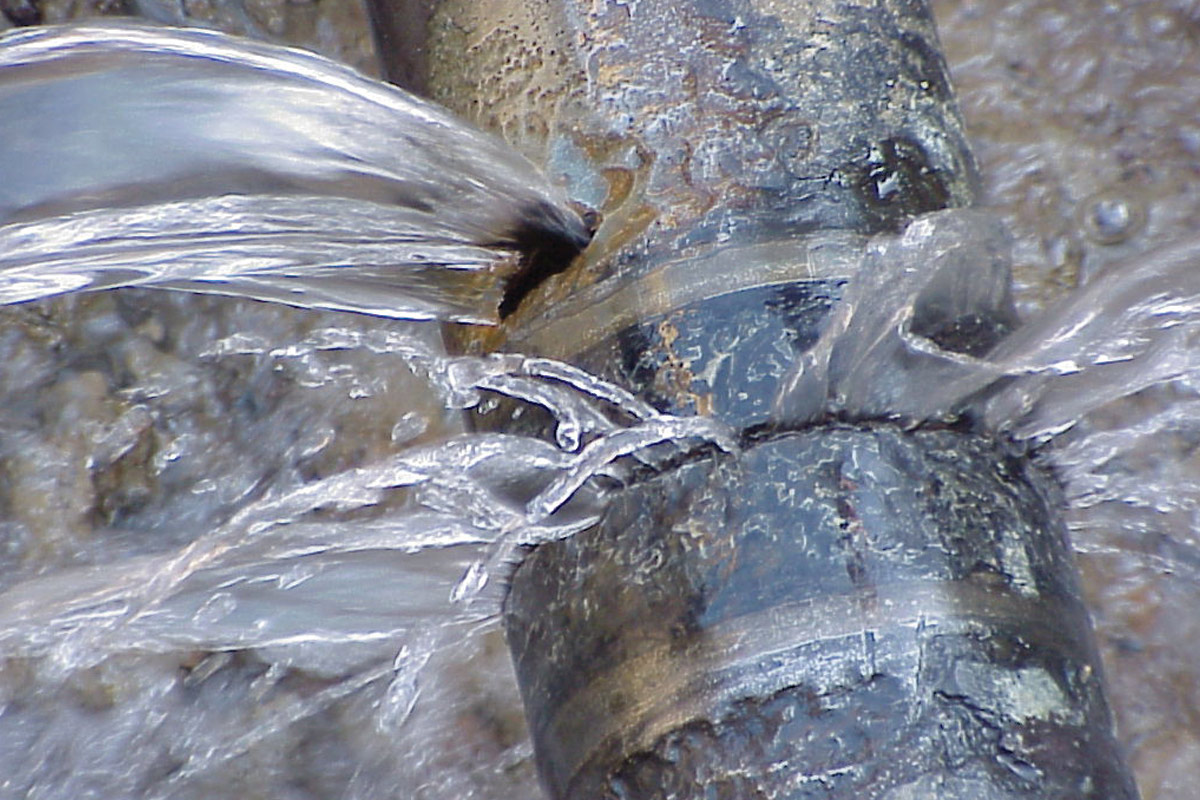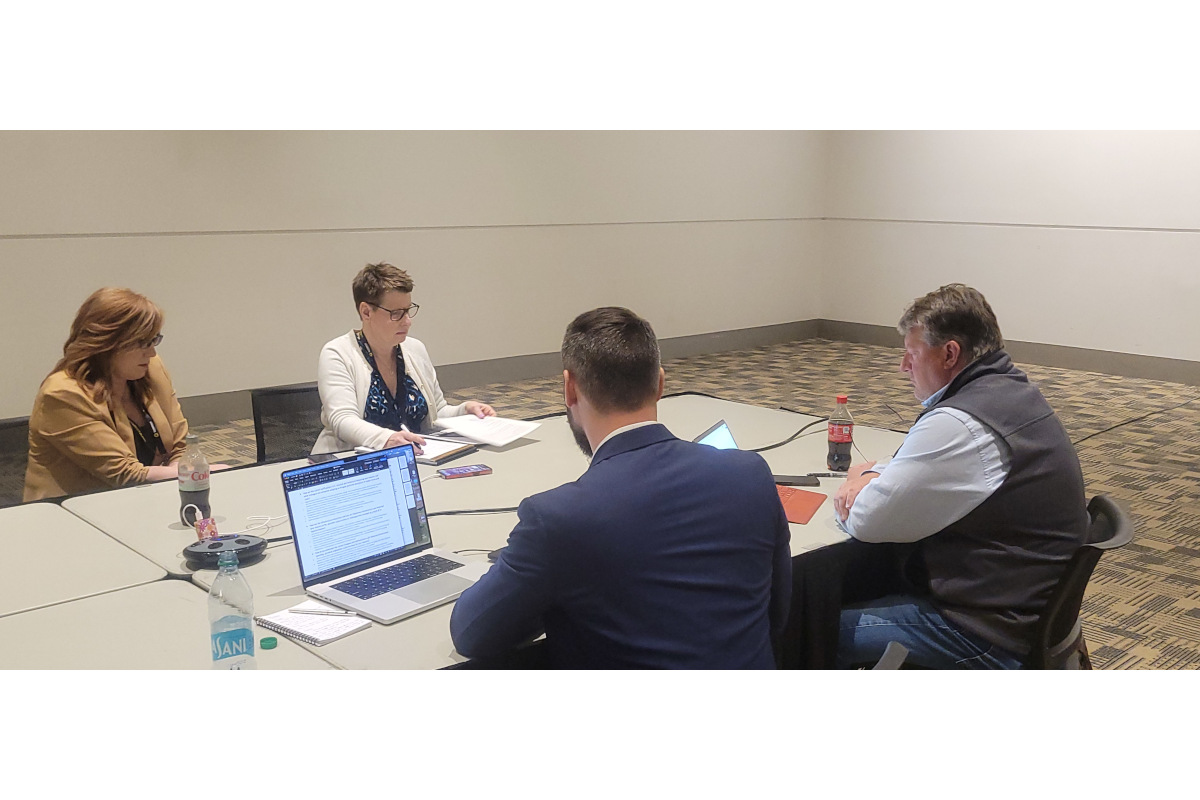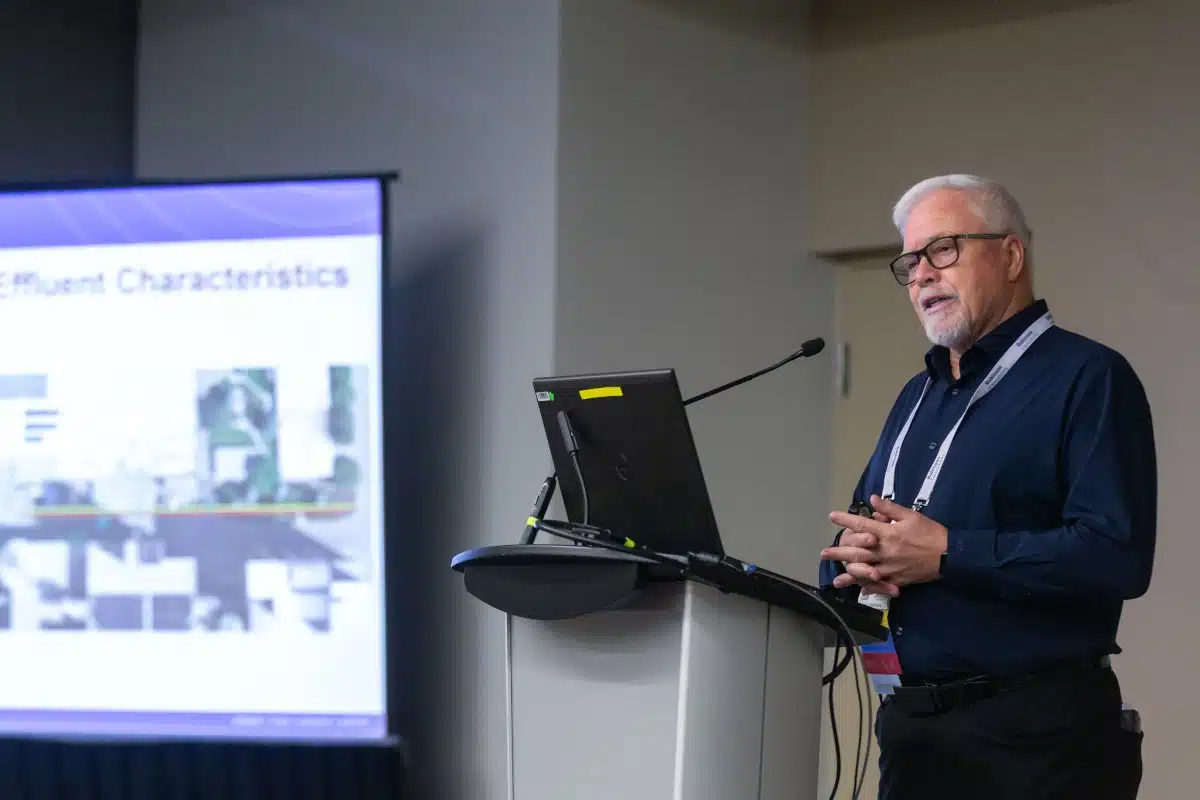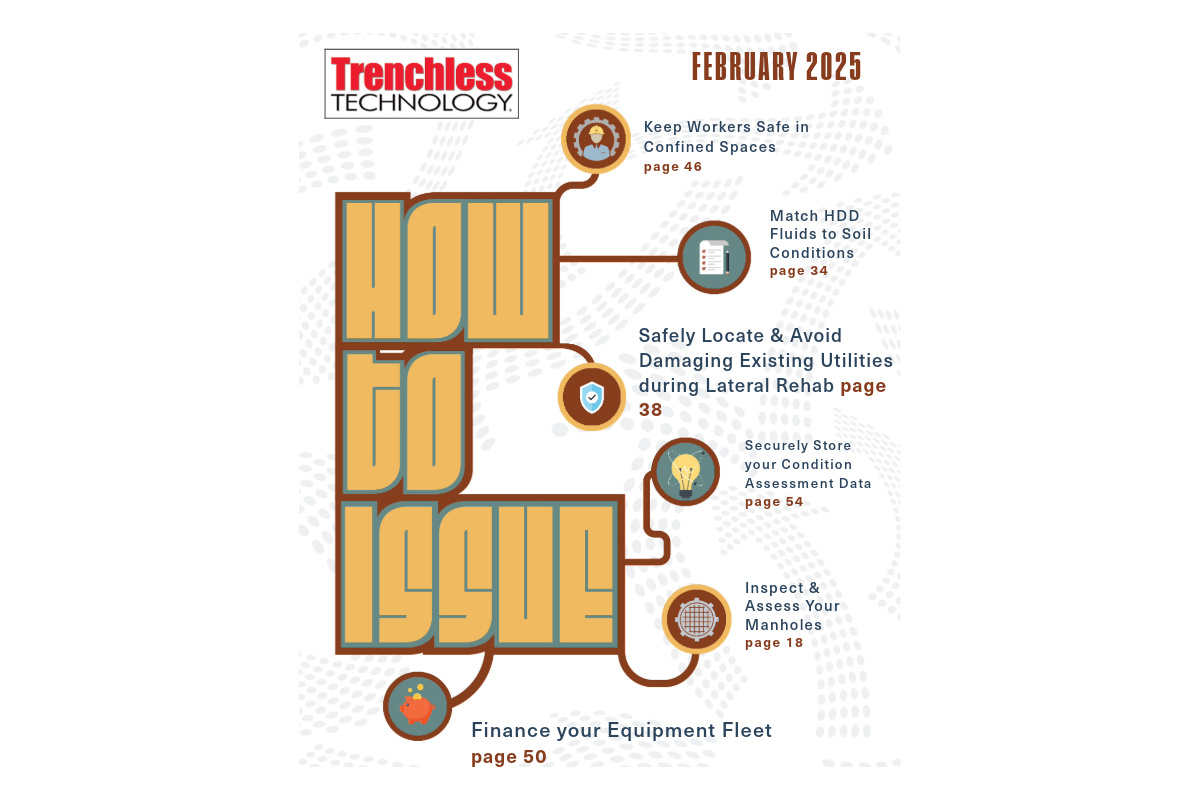
Publisher’s Message – The High Cost of Water Main Breaks

In the trenchless industry, we’re well aware of the challenges posed by aging infrastructure. However, few events highlight the urgency of critical infrastructure maintenance like water main breaks.
Boil water advisories, flooding and road closures directly impact communities, making the issue impossible to ignore. Public concern, amplified by mainstream media, can be a powerful force in driving funding and much-needed improvements to our infrastructure.
The April issue of Trenchless Technology addresses the high cost of water main breaks, featuring an in-depth look at Utah State University’s comprehensive study on break rates. With data from nearly 400,000 miles of pipe, this study is a real eye-opener, showing that the U.S. and Canada experience 260,000 breaks annually, costing a staggering $2.6 billion in repairs. The study emphasizes the need for better asset management and proactive replacement strategies, a reminder for utilities grappling with aging infrastructure.
Also in this issue, managing editor Mike Kezdi sheds light on recent high-profile failures in Calgary and Montreal, where PCCP water main breaks caused major disruptions and financial losses. The feature emphasizes the critical role of condition assessment technologies and proactive maintenance to prevent catastrophic failures, something both Calgary and other cities, like San Diego, are increasingly focusing on.
Tying in with this issue of Trenchless Technology’s coverage of water main breaks is the release of the 2025 ASCE Report Card for America’s Infrastructure on March 25, at Planet Word Museum in Washington, D.C. The good news? Our nation’s overall infrastructure grade has improved from a C- to a C! The bad news is that there’s a $3.7 trillion gap between current planned investments and what is needed to bring U.S. infrastructure up to par.
Shout out to my hometown, Pittsburgh, Pennsylvania, cited in ASCE’s Report Card Assessment, as one of the U.S. cities leading the way on lead service line removal! According to the assessment, since 2016, Pittsburgh has replaced more than 11,000 lead service lines from its water system with a goal of removing all lead service lines by 2026.
Following the release, ASCE hosted its Solutions Summit, where industry leaders and government officials came together to discuss next steps to continue improving America’s infrastructure. You can check it out on YouTube or on ASCE’s site here: https://infrastructurereportcard.org/2025-release-event/ (starts around the 29.3 minute mark).
Of course, without proper financial resources, utilities cannot keep up with the necessary replacements or upgrades. For more on that topic, check out our sister publication, Water Finance & Management at waterfm.com.
As always, we are here to serve you, our readers. If you have any suggestions or comments, please email me at kvannatten@benjaminmedia.com.
Until next month!




